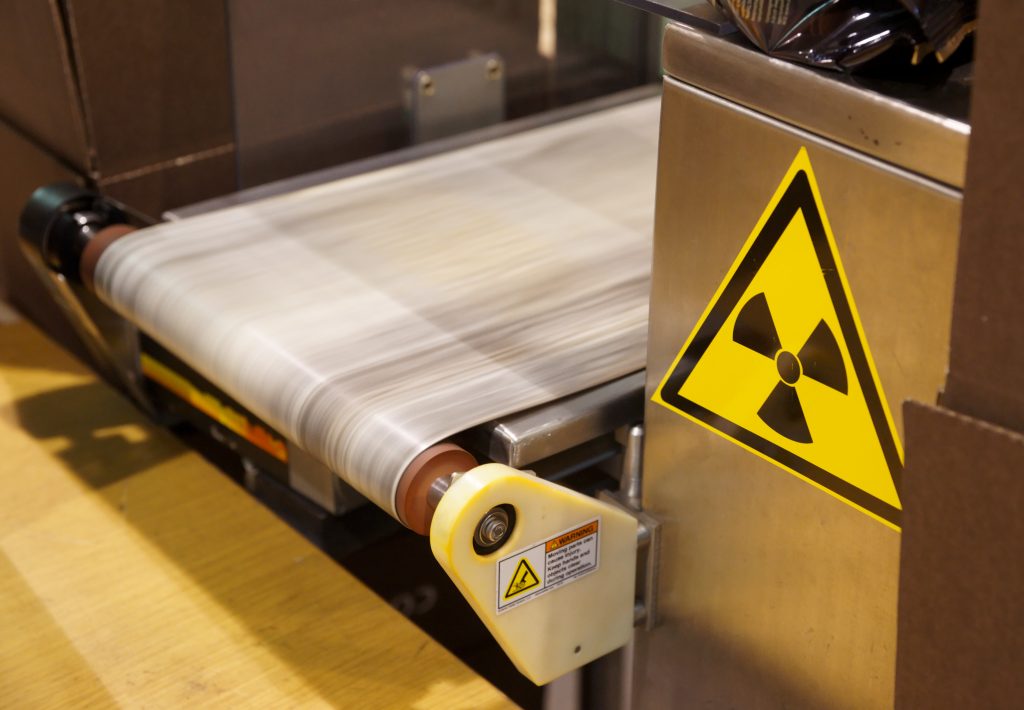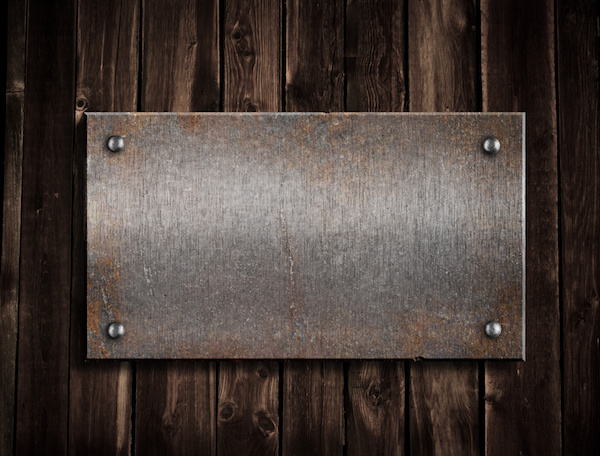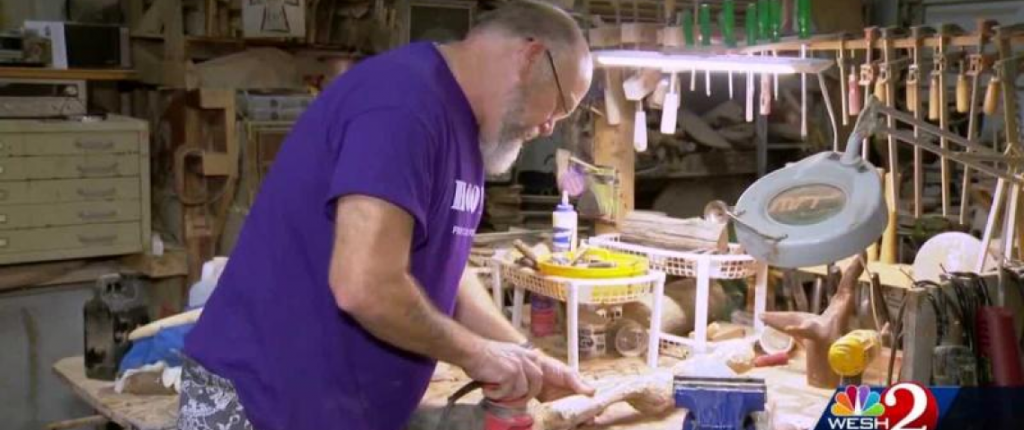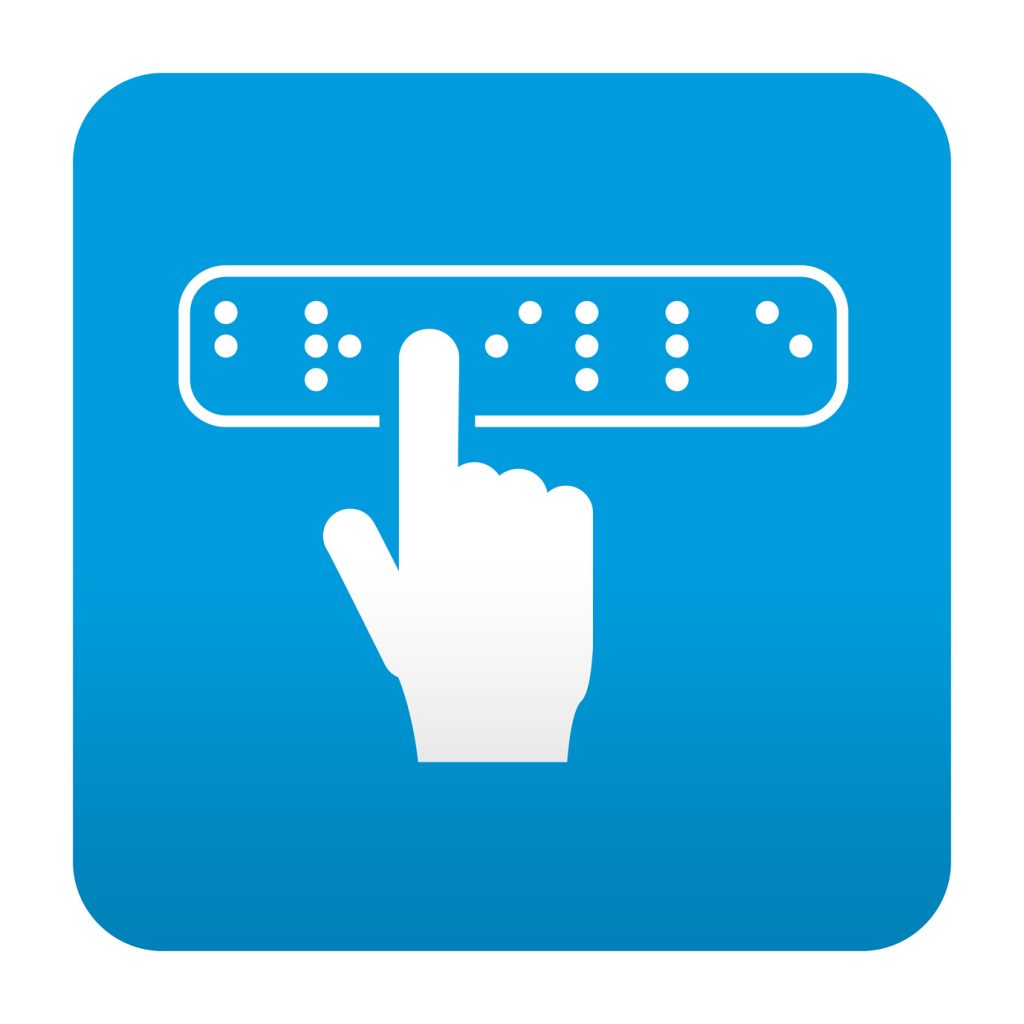Precision solder paste printing is used to secure components onto the surfaces of printed circuit boards (PCBs). There are several steps that have to be followed to ensure the components are soldered correctly in place or problems can arise with the PCBs. This is a very delicate process that must be done with great precision to properly establish an electrical connection between the components on the PCBs. Here are the steps that have to be followed to ensure the precision solder paste printing system is done correctly.
Stencils
Stencils are needed to create a permanent diagram that will be used to apply the paste to the boards. The stencils need to be strong enough to stand up to repeated usage and are typically made out of metals like copper, nickel, stainless steel, and bronze. The thickness of the metal typically varies between 100 to 200 microns depending on the specifications of the job.
Grooves are cut into the metal by using etching, electroforming, or laser cutting methods. The electroforming and laser cutting methods have become the favored methods to create the grooves, or apertures, in the metal because the sharp and conic-shaped edge that are created along the grooves. These types of edges allow the paste to flow off of the stencil and onto the circuit boards better.
Paste
The paste is made from mixing a tin-alloy lead-based powder with a flux material to make it sticky. The stickiness is necessary to hold the components in place while the solder paste is heated and applied to the PCB. The flux is typically made from rosin-based materials from pine trees, water-soluble material from organic products and glycol, or with a mixture of resins and residues that don’t require cleaning for use in very clean manufacturing environments.
The paste has to have certain properties for it to work well. The viscosity of the paste needs to be thin enough to get pressed through the stencil with a squeegee. The viscosity of the paste also needs to be thick enough to reform once it has been applied to the surface of the PCB.
A precise amount of paste is needed to properly solder a circuit board. If too much is used, the PCB could get short-circuited, and if too little is used, the PCB will have poor electrical connections that can break.
Printing Process
A special printer is used to apply the solder paste to PCBs. A PCB board is placed into the printer and held in position using clamps. The stencil is put over the PCB and it too is clamped into place. A squeegee is used to press the solder paste down in through the groves on the stencil and onto the surface of the PCB. When using the rosin or water-based resins, the stencil needs to be constantly wiped down to remove any residues or impurities from the environment they may collect on the stencil. The flux made from resins and residues don’t have to be constantly cleaned, but this type of flux has to be used in an environmentally controlled area.
Heating Process
Once the paste has been applied to the PCB, it is then placed into an oven. The oven will burn off the flux material so only the solder remains and the PCB is ready to be used.
Done with Precision
Every step of the process has to be done with great care. The temperature of solder, which varies depending on the process, has to remain steady. The solder, both the tin-alloy lead-based types and non-lead types, should be kept refrigerated until it is ready to be used.
The squeegees and stencils have to be well-maintained at all times. Any residue or scratches on the squeegee or stencil will usually result in the production of poor quality PCBs. Adequately controlling the squeegee speed and pressure is also essential in making sure the solder paste is placed properly onto the PCB.




